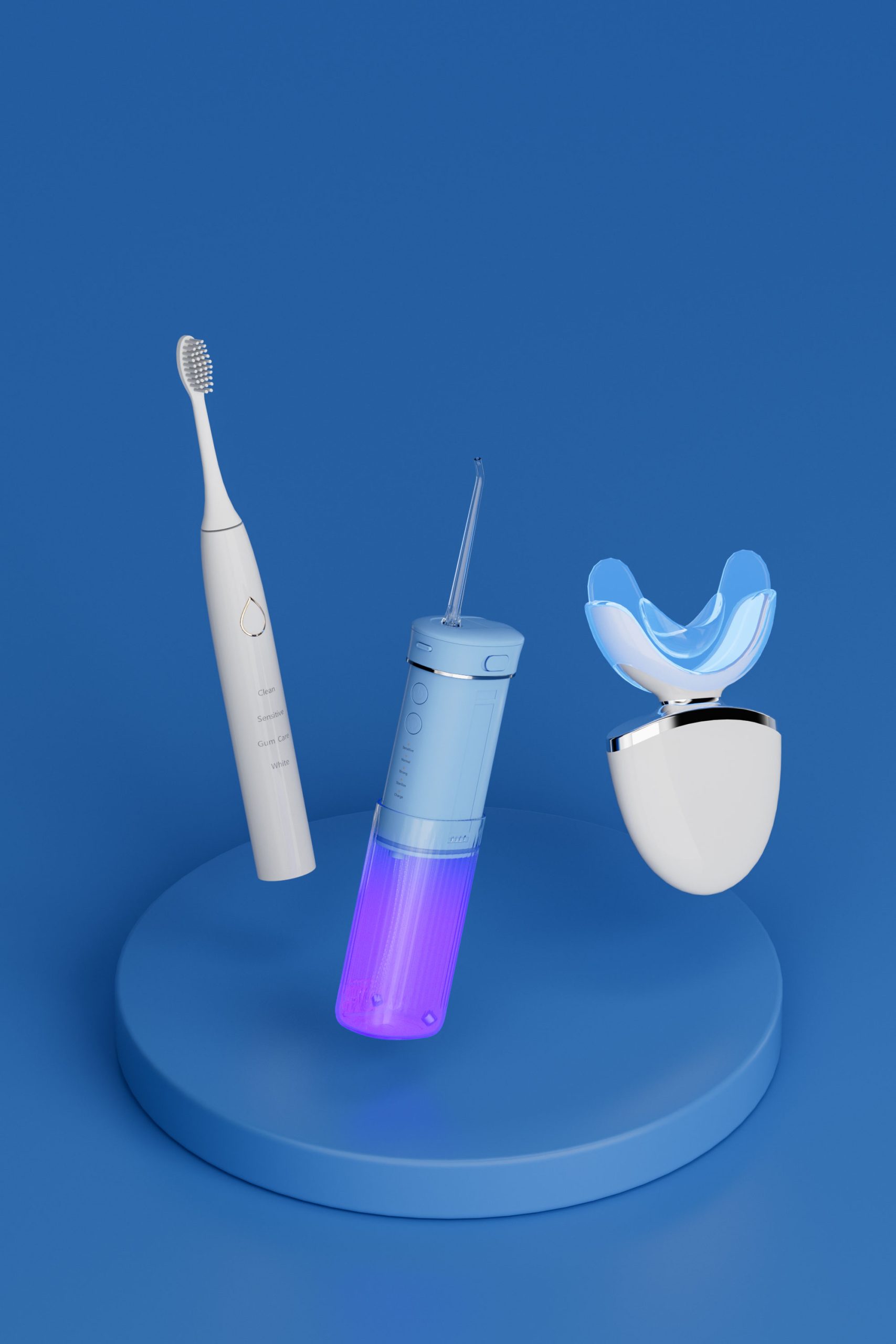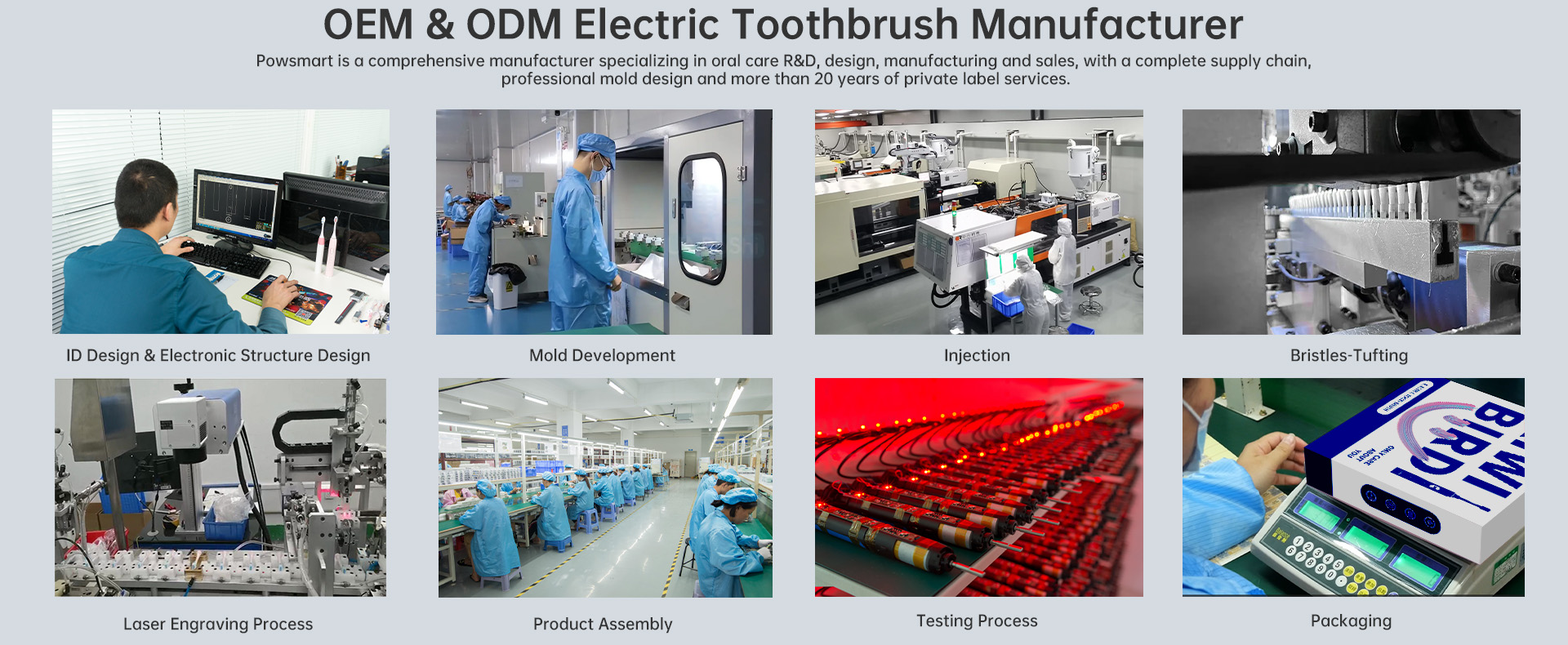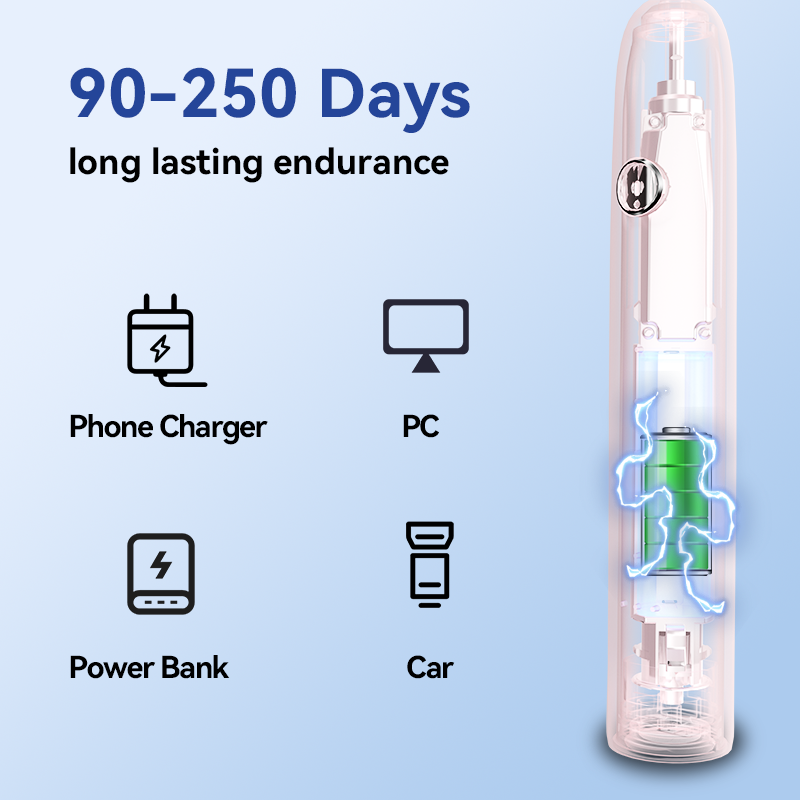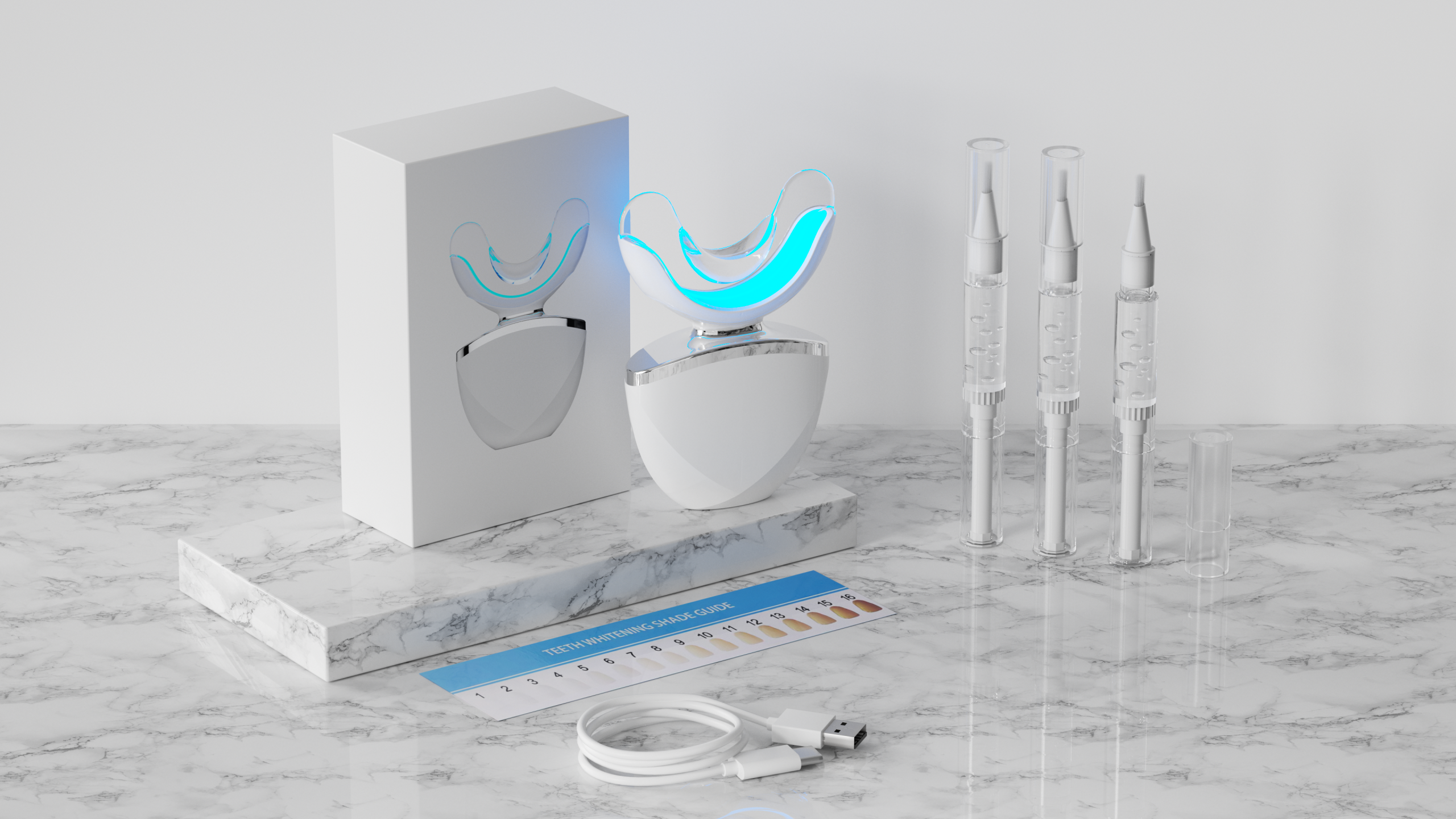When customers report tooth chipping paired with root darkening, it signals a deeper problem than simple cosmetic damage. These two conditions often indicate structural compromise and internal deterioration, which can be difficult—or impossible—to reverse without invasive treatment. In this blog, we’ll explore why this combination occurs, what it means for product safety and performance, and how manufacturers can proactively prevent it.
Tooth chipping frequently happens when excessive mechanical forces act on enamel during cleaning or whitening. Poorly calibrated motors, abrasive brush heads, or overly rigid trays can:
While minor chips might seem harmless, they often compromise the tooth’s ability to resist bacterial infiltration and chemical exposure.
Root darkening is a more insidious process, usually caused by:
Unlike superficial discoloration, root darkening signals loss of vitality, making teeth more prone to fractures, sensitivity, and infection.
Although these issues can appear separately, their coexistence usually points to:
Once enamel is chipped, dentin and pulp are more vulnerable to chemical penetration, accelerating root discoloration.

While early intervention can limit progression, fully restoring a chipped, darkened tooth often requires:
These treatments are time-consuming, costly, and sometimes unsuccessful, highlighting why prevention should be the first priority.
To protect both end-users and your brand reputation, consider:
Proactive design and testing significantly reduce the risk of irreversible damage.
Even with the best safeguards, occasional incidents happen. Effective response strategies include:
Fast, empathetic support can turn a negative experience into a demonstration of your commitment to safety.
Tooth chipping and root darkening don’t have to be inevitable consequences of whitening or power cleaning devices. They are often preventable when manufacturers integrate thoughtful design, clear guidance, and robust quality control. By taking proactive steps, you can help customers enjoy brighter smiles without risking irreversible harm—and protect your brand’s integrity in the process. Contact us
Pulse Lag Plus Incomplete Flushing—Frustration for Users and Manufacturers?
Charger Mismatch Causing Battery Incompatibility?

Why a Hindi brushing guide is essential for your First-time user guide

How to Evaluate an Electric Toothbrush Factory’s Comprehensive Capabilities
.jpg)
sonic electric toothbrush Sacramento

Key Selling Points That Make Water Flossers Stand Out

Essential Considerations for Electric Toothbrush OEM Projects

Maximizing Profit Margins: How to Position Water Flossers as Premium Products

Herbal toothbrush India or Natural bristle toothbrush — which is safer for electric brush programs?
1-scaled.jpg)
The Growing Demand for At-Home Teeth Whitening & What It Means for Brands
Gum Bleaching from Pulpitis Risk – Whitening Gone Wrong?

Sales-Boosting Strategies for Oral Care Brands
Sync Errors Causing Taste Distortion – Tech Glitch?
Mouth Ulcers After Allergic Rashes – Coincidence?
LED Flickering Plus Adapter Fires—A Hidden Safety Hazard?
Grip Fatigue with Noise Pollution – Design Flaw?

electric toothbrush heads Ultra Soft

electric toothbrush heads Regular Clean

Electric toothbrush heads Charcoal Infused-Diamond
.jpg)
Florida Electric Toothbrush – Powsmart PTR-C8

electric toothbrush heads Deep Clean

electric toothbrush heads Charcoal Infuse-Round

Private Label Whitening Gel

Customization Teeth Whitening Gel
whstapp
whstapp
National Toll-Free Service Hotline
+86 755 86238638